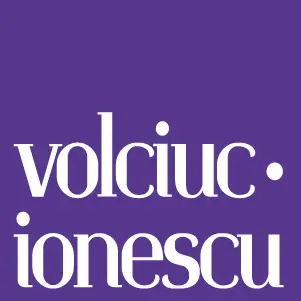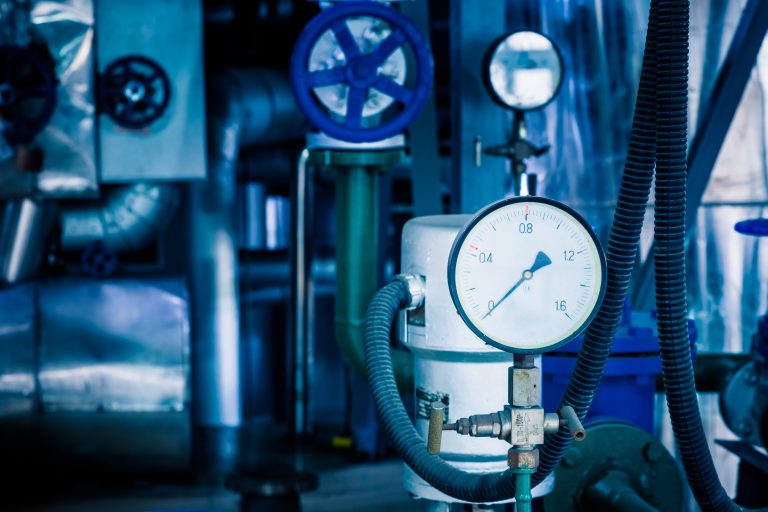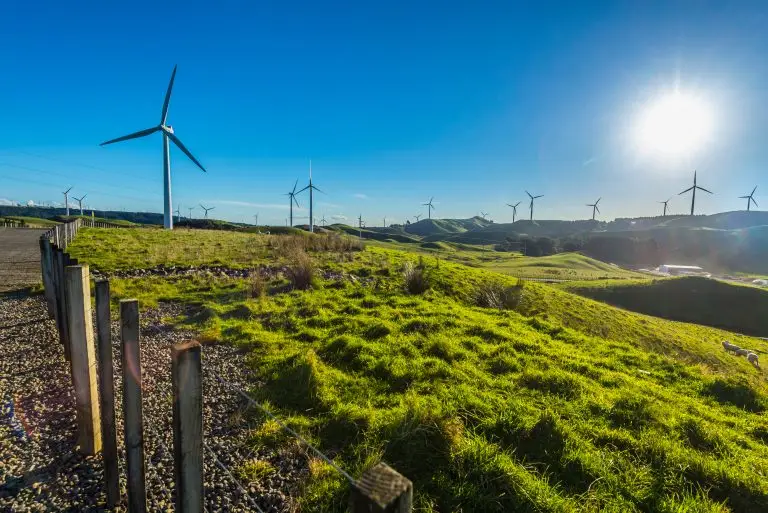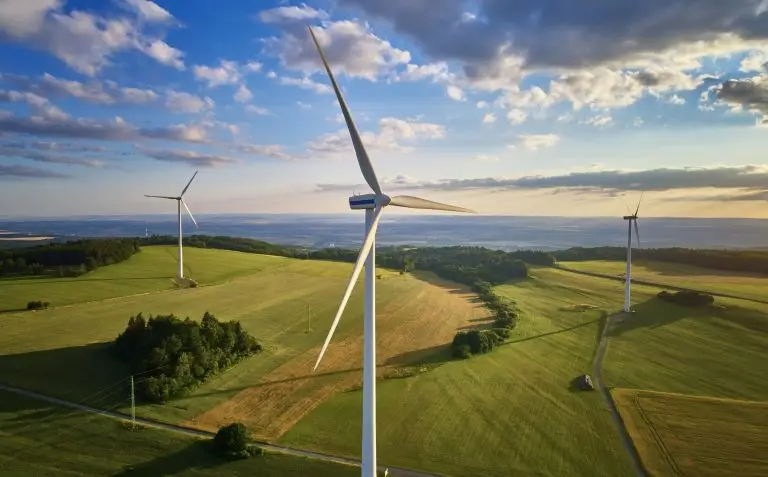On 3 September 2025, the Romanian Ministry of Energy published a Government Emergency Ordinance (“GEO“) draft meant to integrate the biomethane concept into preexisting legal framework. The purpose of the draft GEO is to facilitate achievement of objectives undertaken through the Integrated National Energy and Climate Plan and National Energy Strategy, which set out a target of at least 5% biomethane of the total volume of gas in the national gas transmission and distribution system by 2030, and 10% by 2050, while simultaneously transposing Directive (EU) no 2024/1789 on common rules for the internal markets for renewable gas, natural gas and hydrogen.
Since biomethane can be integrated into the existing gas transmission and distribution system with minimal technical adjustments, industry stakeholders have welcomed the initiative. Romania’s extensive network of around 60,000 km offers significant potential for transporting green gases such as biomethane, supporting both enhanced energy security and the country’s efforts to decarbonize its energy sector.
Key provisions
The proposed ordinance seeks to amend several definitions in the Electricity and Natural Gas Law No. 123/2012, including terms such as guarantee of origin, distribution pipeline, natural gas, biogas, biomethane, and biomethane injection installation. According to the suggested provisions, biomethane could potentially be integrated directly into both the distribution and transmission systems.
The notion of biomethane producer is also defined as a natural or legal person whose specific activity is the production of biomethane, and who, from a technical and safety compliance standpoint, is capable of injecting it into the systems, in accordance to the legal provisions.
Biomethane producers are granted a set of rights and responsibilities comparable to those of traditional natural gas producers. They must obtain the required authorizations for both their production facilities and natural gas supply licenses and ensure that operations are conducted safely, efficiently, and in an environmentally responsible manner.
Producers are also responsible for maintaining proper pressure and measurements from regulation-measurement stations to the distribution system. They must ensure that the biomethane meets quality standards and is properly odorized when delivered at commercial points into the distribution system and comply with all technical parameters specified by the system operator in the grid connection permit.
All costs related to connecting the production facility to the downstream network – including resizing, expanding, or interconnecting the system – as well as establishing and operating the injection facility, are borne by the producer. Producers also operate the injection and data transmission facilities.
According to the proposed framework, producers shall acquire, on behalf of the downstream system operator, the right of use and easements over the land on which the operator’s facilities are located and shall bear all costs of obtaining and exercising these rights, including any associated compensation. Finally, producers are required to pay the relevant tariffs for the use of the distribution system, ensuring compliance with system rules while facilitating the integration of biomethane into the national gas infrastructure.
The draft GEO grants biomethane producers several important rights. They can develop their own technical and commercial procedures, subject to ANRE’s approval, and market the biomethane they produce within the limits of their supply license. Producers also have the right to request access and connection to the distribution system. Additionally, they may temporarily halt facility operations for maintenance, repairs, or other legally permitted reasons, provided they notify the relevant system dispatchers, suppliers and end users in advance.
Additionally, a prohibition is established against refusal of connection requests that are economically reasonable and technically feasible, except in cases expressly regulated by law. ANRE will update the regulatory framework to align with the provisions of this GEO within 90 days of its entry into force.
Final Remarks
The draft GEO represents a crucial step toward developing a functional biomethane market in Romania, tackling long-standing obstacles that have slowed project development. While the framework still requires refinement and the adoption of secondary legislation, it sets a clear path toward reducing landfill reliance and supporting the country’s renewable energy and circular economy goals.
With the potential to become a leading biomethane producer in Europe – reaching 2 bcm annually by 2030 and 8 bcm by 2050 – Romania is well-positioned to meet the targets of the European Green Deal, RED III and the national energy plans. The draft framework establishes the basis for sustainable growth in the biomethane market, delivering environmental benefits while enhancing energy security. Download Article
Download Article



